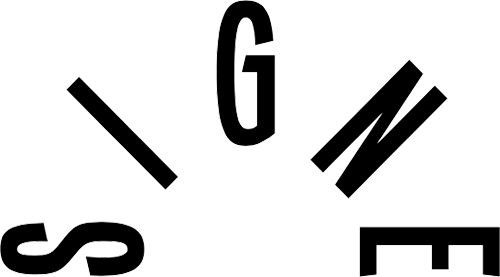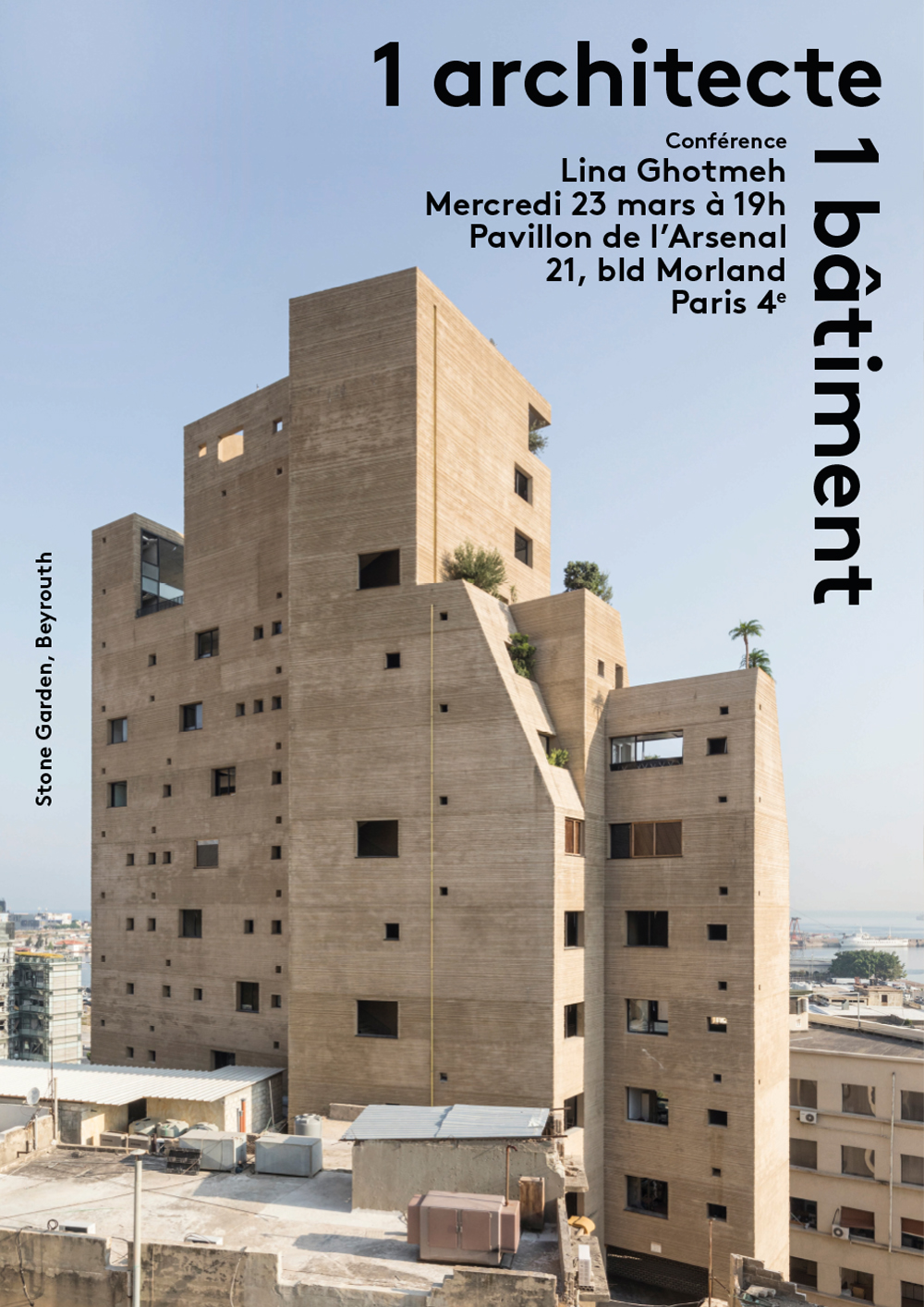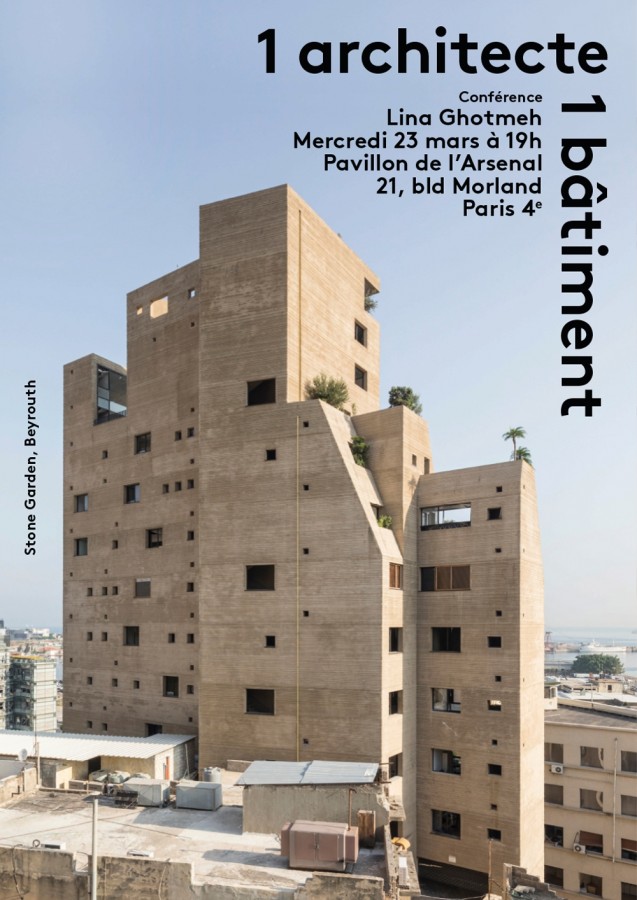« Beirut is a permanent archeology. Buried 7 times through the ages, the city tells the story of our ancestors. Currently, its built landscape reflects its recent history. Ruined buildings invaded by wilderness, juxtaposed with red-tile-roofed traditional houses that still bear witness to the architecture of this Mediterranean city.
Located in the port area, “Stone Garden” emerges with a new architectural form that translates a sensitive spatial reading of the city. Taking its roots from its context, it portrays the capacity of architecture to act as a healing tool and as an active player in building resilience at times of crisis. Transforming tumultuous events into a creative opportunity, the tower appears as a sculpture drawn at an urban scale. Amorphous, it communicates the form generated by urban regulations. Its openings of various sizes hold the memory of the city, and offer multiple framings of the sea from the inside.
Inhabited by trees and gardens, windows invite nature to climb up to the sky of Beirut. The variety of their sizes individualize each residential floor, generating new forms of communal spaces. The project appears in the city as an earthly emergence; its skin is custom-made. It is entirely labored and crafted by the hands of many workers fleeing neighboring wars. The building’s skin is combed through a process that is the result of incremental experimentation. It invites artisans to participate in the emotional realm of architecture, transforming architecture into a curing tool that brings people together. Today, the tower rises as a living archeology, a host of life, memory, and nature. It houses living spaces as well as the Mina Image Centres, an art platform dedicated to image, photography, debates, and reflections on the Middle East. »
– Lina Ghotmeh, architect
Biography
Lina Ghotmeh is the founder of Paris-based atelier Lina Ghotmeh — Architecture. Echoing her lived experience in Beirut, her office’s work is orchestrated as an “Archeology of the Future”: every project emerges in complete symbiosis with nature after a thorough historical and materially sensitive approach. Projects include “Stone Garden”, a hand-crafted tower in Beirut; “Réalimenter Masséna”, winner of the call for innovative projects of the city of Paris; and the new Hermès Manufacture, a low-carbon passive building under construction in Normandy.
Lina Ghotmeh is a Louis I Khan visiting professor at the Yale School of Architecture, a Gehry Chair at the University of Toronto,and is a Member Professor at the IAA International Academy of Architecture. She co-presides the RST ARCHES scientific network for architecture in extreme climates, and sits on the board of Saint-Gobain as an independent director.
She has been awarded the 2020 Schelling Architecture Prize, the 2020 Tamayouz “Woman of Outstanding Achievement” Award, the 2019 French Fine Arts Academy Cardin Award, the 2016 French Academy Dejean Prize and the 2016 AFEX Grand Prix, among other prizes.
Her work, currently exhibited at the MAXXI in Rome, was also exhibited at the 17th Architecture Biennale in Venice, at the Building Centre V&A in London, and at the Danish Architecture Center in Copenhagen.
Lecture Wednesday March 24 at 7 p.m.
Free admission within the limits of available places and on presentation of the vaccination pass




